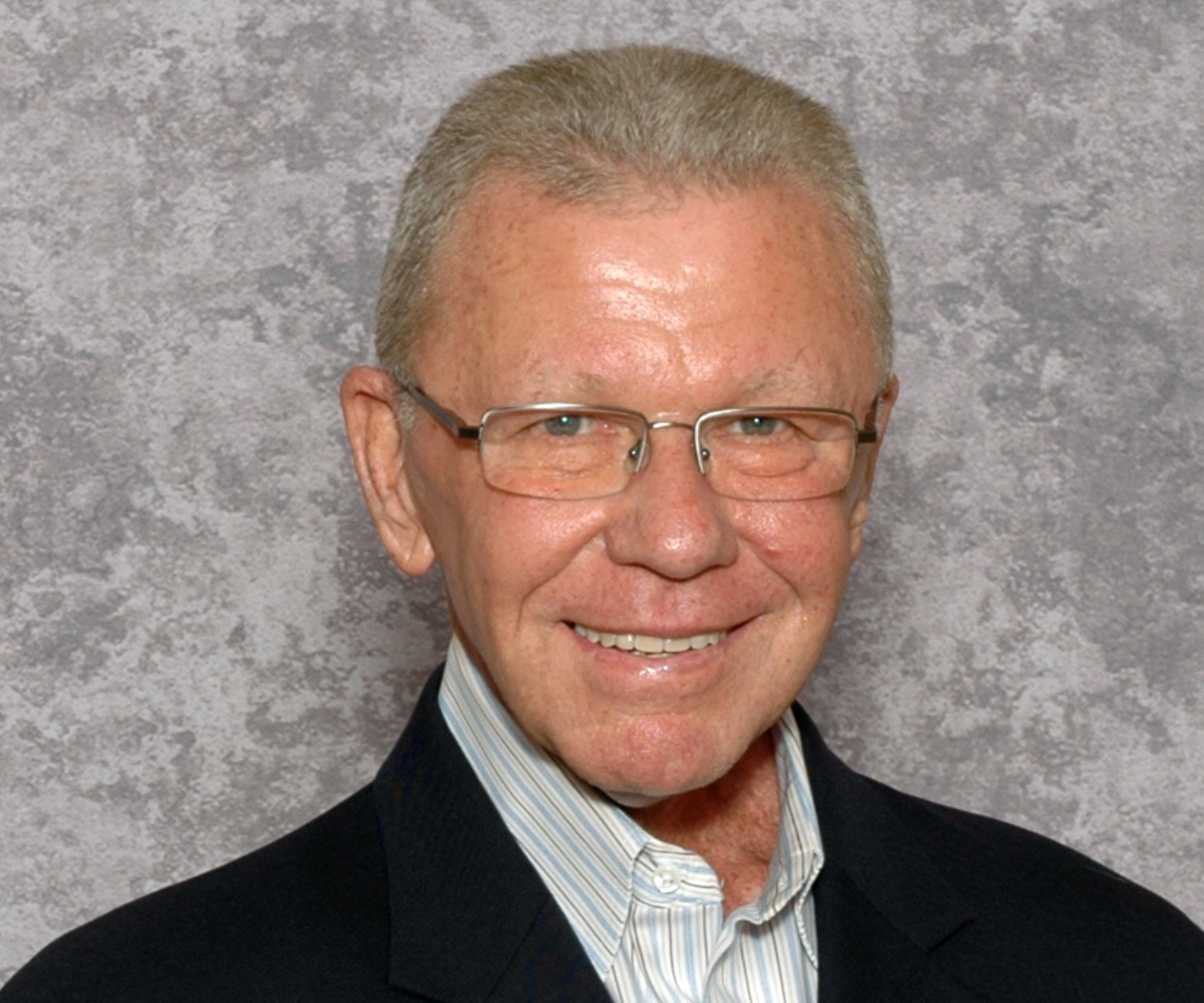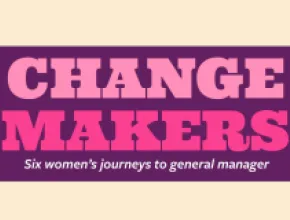While there may be some price relief at the gas pump these days, other rising travel costs—along with tighter availability in key meeting locations—mean that the drive-to meeting still faces its own set of challenges.
With this in mind, Meetings Today asked several planning experts about their best-practice recommendations for meetings and conventions where many of the attendees will be driving rather than flying in.
Regional or National?
A first consideration is to consider whether or not it makes sense to hold regional/drive-to meetings rather than one big national meeting. While regional meetings found favor over national meetings during the recession, some planners say that many organizations are rethinking this strategy.
“We are definitely seeing a return to the national meeting as the economy gets better,” says Tim Brown, partner at Meeting Sites Resource. “At the same time, many companies are starting to look at whether there is even much cost saving when regionals are held in place of a national meeting.”
Shawna Suckow, founder of the Senior Planners Industry Network (SPIN), has a similar observation.
“The national meetings are making a comeback, especially as companies see that you get so much more bang for your buck by bringing people together for one meeting rather than 10 diluted ones,” she says. “And regionals are not necessarily cheaper, especially when you have to fly speakers in and replicate the content for each destination.”
Along with doing dollars and cents comparisons of holding several regional meetings instead of one national, Brown advises planners to work with senior management in comparing the likely return on investment.
“Can the regional meeting deliver what the national meeting does, especially in terms of networking?” he asks. “What about the time involved in having senior managers traveling to the various regional locations? There are a lot of variables to be looked at.”
Conversely, Renee Radabaugh, president of Paragon Events, says she is seeing an increase in regional meetings, especially among cost-conscious association clients.
“Our association market is relying very heavily on the drive-to meeting these days,” she says. “They are trending this way because hotel rates are increasing so much. They are looking at second-tier locations where people don’t have to travel too far to get to.”
Go Suburban or Second-Tier
While once it might have been just an incidental cost, parking fees, especially in major cities, can now be a major expense, averaging $50 a day or more in some locations. As a result, steering away from downtown hotels in favor of those in suburban or rural locations can result in major savings.
“Many suburban hotels offer free parking, which frees the planner up to negotiate for other concessions,” Suckow says. “And these locales usually have less traffic and congestion than in downtowns.”
Negotiating for free or reduced parking has become more difficult as many downtown hotels no longer own their own parking lots and have little control over the situation, she adds.
In cases where the hotel does own its parking facility, negotiation is always worth pursuing, says Mike May, president of Spear One, a meeting and incentive company.
“You probably can’t get the parking charges waived, but they might cut it in half,” he says.
Choosing hotels in second-tier cities is another good cost-saving alternative, both in terms of room rates and parking charges, Radabaugh advises.
“The hotels in first-tier cities have such an advantage now that negotiating for things like parking is extremely difficult,” she says.
A prime example of a top drive-to locale is a place such as Sioux Falls, S.D., with its central setting bordering Minnesota and Iowa, a robust and affordable hotel inventory, and rising culinary scene touted not long ago by the The New York Times.
Consider the Schedule
Planning the meeting agenda for a regional or drive-to meeting can bring the opportunity to schedule the sessions in such a way that the need for room nights are minimized, according to Brown.
“If people are able to arrive at the meeting by late morning, which is often feasible in a regional situation, it makes sense to start with a working lunch followed by a meeting,” he says. “The faster you can get people in and out, the more you save on time and money.”
Drinking and Driving
If people will have their own cars, the possibility is raised of someone driving after having had too much alcohol at an off-site event. May advises planners to supply transportation to and from any functions held away from the hotel.
“If you can’t do this, moderate the situation by restricting the availability of alcohol,” he says. “If there’s a bar set up in the room, have it open for just one hour. If it’s a sporting event in a suite, perhaps just have a limited amount of beer and wine.”







